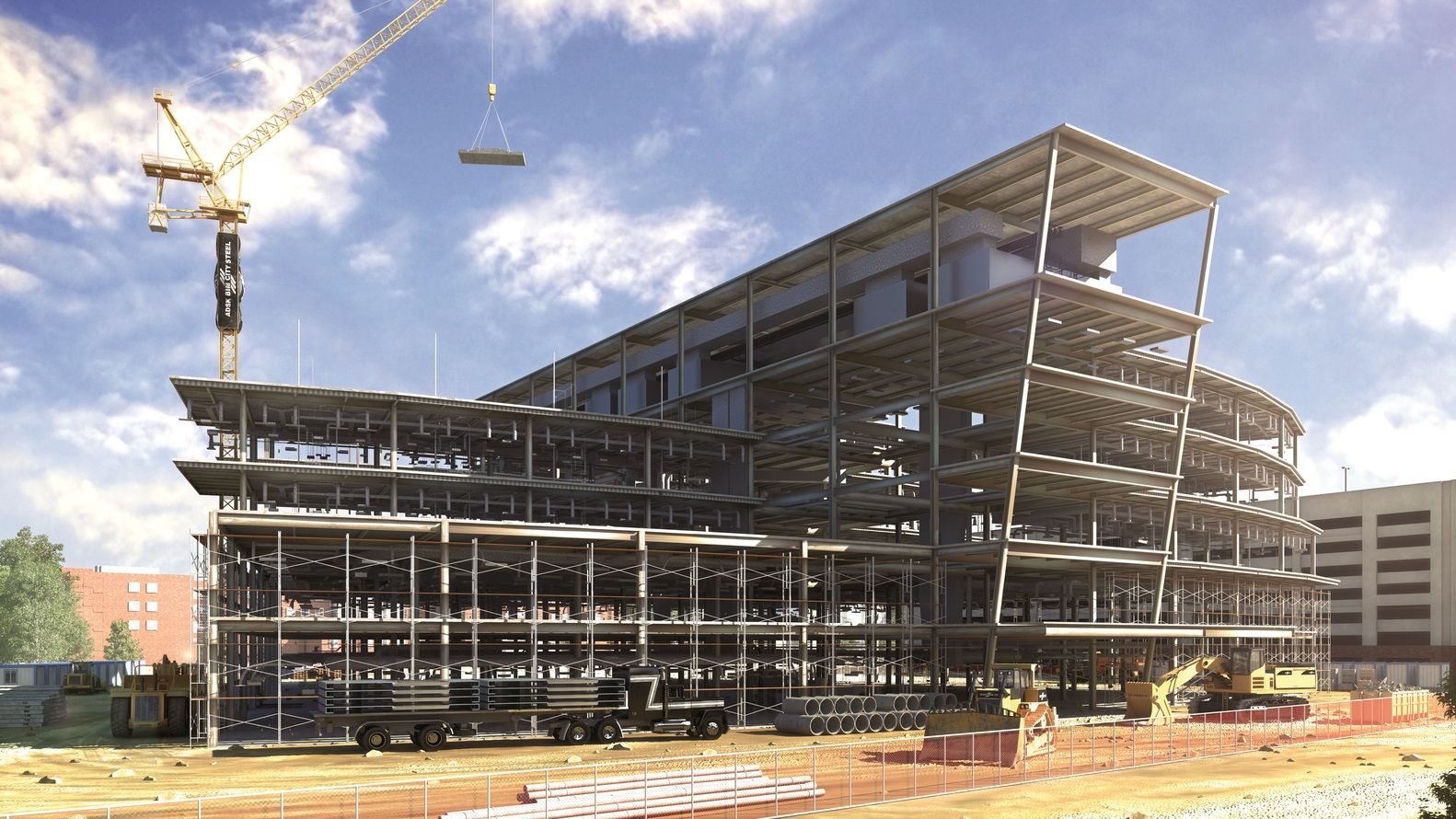Streaming Now – Novatr’s story on The Indian Edtech Story, only on Jio Hotstar.
PROGRAMS
Join thousands of people who organise
work and life with Novatr.
Rhino 3D vs SketchUp: Which Software Should You Learn In 2022?
Chinenye Uba
12 mins read
January 11
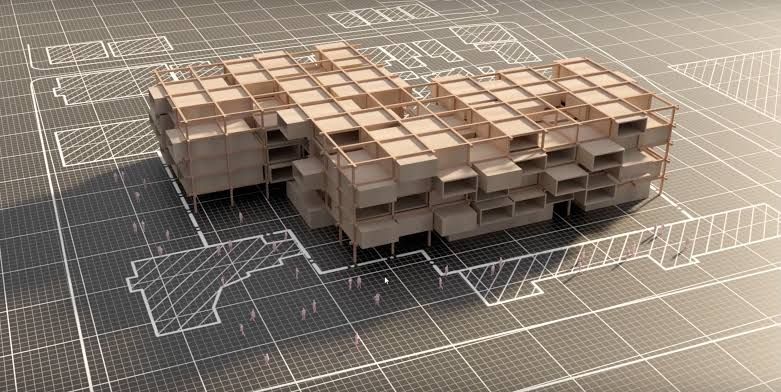
Rhino 3D
Rhinoceros (Rhino) 3D is a 3D modelling software application with a wide range of advanced design tools. Developed by software company Robert McNeel and Associates since 1998, its abilities have significantly advanced, thus improving accuracy in designs created using the versatile software. It can build, analyse, edit, animate, render, document, and translate polygon meshes, point clouds, solids, surfaces, and NURBS (Non-Uniform Rational Basis Splines) curves.
[Read: Your Guide to Rhinoceros: How Easy is it to Learn Rhino 3D?]
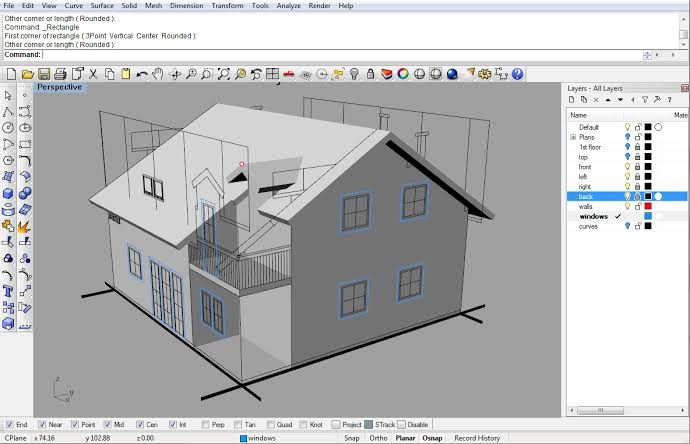
Modelling a house Rhino 3D (Source: https://www.rhino3dhelp.com/)
SketchUp
Originally known as Google SketchUp, it is a design software that is used for a wide range of 3D modelling projects. It has a patented ‘push’ and ‘pull’ feature that allows the extrusion of any flat surface, making it into a solid form. Unlike Rhino 3D, SketchUp makes use of line segments in producing models. This feature makes it easier and less complicated to use. Now that we have gotten the basic description out of the way, why and when should we use SketchUp?

The interface of SketchUp (Source: https://forums.sketchup.com/)
Why and When Should You Use SketchUp?
Here are a few features of SketchUp that make it a classic architecture software for everyday use.
1. Easy to learn and great for modelling beginners
SketchUp has an upper hand over most 3D modelling software as it is user friendly and takes very little time to master while allowing for a lot of flexibility. Correcting mistakes is very easy with SketchUp because it involves a lot less technicality than Rhino 3D. It is recommended for absolute beginners looking to get into the world of creating 3-Dimensional models. Although it is not ideal for construction documentation, it provides a Layout for a simple presentation format.
2. Existence of the 3D Warehouse and Extension Warehouse
The 3D Warehouse is an online open-source facility for existing models of objects, houses - basically anything, made for SketchUp users. This feature reduces the hassle of creating every element in the model, making it preferable in interior architecture modelling by most users. On the other hand, the Extension Warehouse has open-source plugins available for free to any subscribed user. However, these features are not available on Google SketchUp, a free online version.
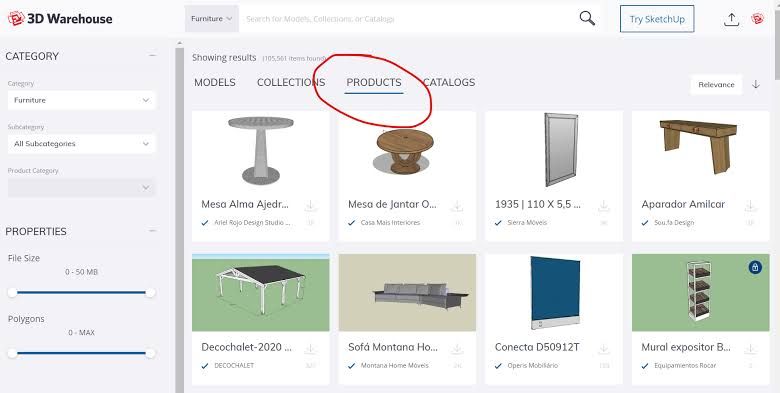
3D warehouse of SketchUp (Source: https://forums.sketchup.com/)
3. Convenient for fast designs
Client Presentation with SketchUp is easy as it is the most convenient 3D modelling application for making quick and affordable small scale designs.
Cons of Using SketchUp
1. Lesser range of tools and abilities
Although ideal for a lot of purposes, SketchUp can be very time-consuming because of how limited the modelling tools are. It requires a lot of plugins from the Extension Warehouse to push past the constraints of the work interface. These plugins do not come in-built in the software on purchase, and installing them can be quite the hassle.
2. Less ideal for parametric and freeform models
SketchUp is considered a surface modeller as it uses line segments and edges. This feature reduces the level of fluidity in 3D models and makes it nearly impossible to work freely with the software, unless with the aid of a plugin.
Although SketchUp has its limitations, it is an accessible application easy to learn by just anyone! Plus, there are tons of Youtube tutorials covering the basics of using the software. So, if you want to get into 3D modelling and visualization fundamentals, SketchUp is the place to start!
[Read: 10 Fascinating Projects Created Using Rhino 3D You Need To Know About]
Why and When Should I Use Rhino 3D?
Let’s look at a few amazing features Rhino 3D possesses that makes it an ideal architecture software for a designer.
1. A broader range of tools
In comparison to other 3D modelling software, in this case, SketchUp, it provides an extensive range of tools that are available in SketchUp, Revit, ArchiCAD and even Adobe Creative Suite. It is capable of producing renders, drawing detailed floor plans, and creating 3D models using minimal plugins, unlike SketchUp. These features give the algorithmic software an upper hand against other applications as it reduces the number of external applications used in accomplishing a project. Surprisingly, it is capable of these things, even with a regular laptop requiring no special hardware to run it. Now, isn’t that a designer’s dream?
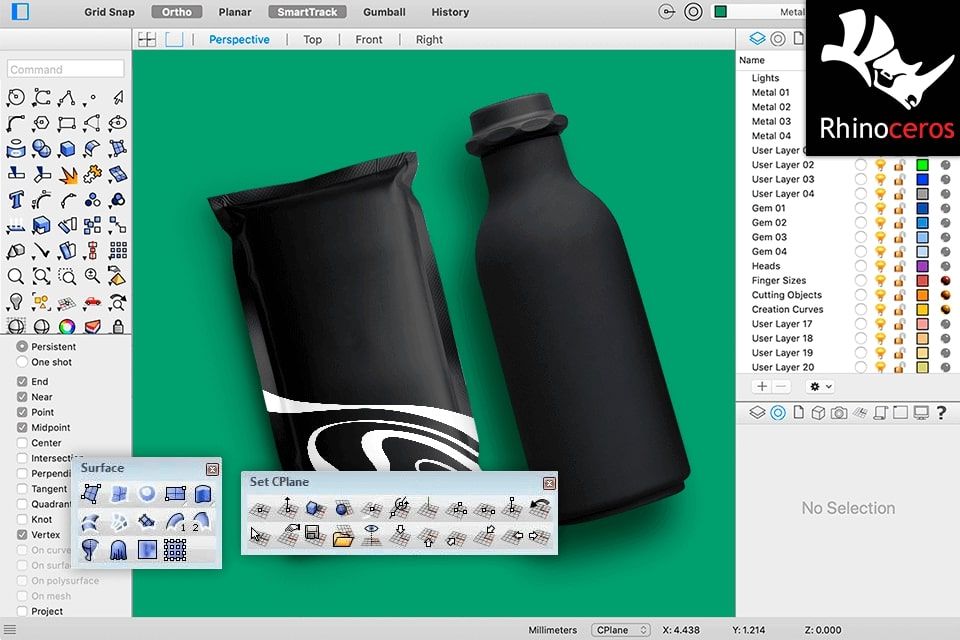
Rhino 6 interface on macOS (Source:https://fixthephoto.com/)
2. Numerous Professional Applications
Rhino is not limited to architecture as professionals use it with fabrication software to bring whole designs to life through 3D printing. It is also used in other vast areas such as jewellery design, furniture design, interior installations and even aviation and automobile design because of its versatility and level of detail.
3. Higher level of precision and detail
Rhino 3D is considered a parametric software. It can process curves, meshes and splines better than SketchUp can because of the NURBS feature that helps calculate 3D and 2D forms mathematically. Unlike Rhino, SketchUp uses a line segment feature that restricts the level of fluidity in a model, making it harder for mesh translation. The existence of NURBS improves the precision and accuracy of freeform modelling. They create more allowance and a lot more fluidity, hence why the software is preferred in parametric design.
On another note, Grasshopper is a tool that works hand-in-hand with Rhino 3D as a visual programming application that requires no code. It is a tightly intertwined advancement from RhinoScript, which required extensive knowledge of scriptwriting and programming as a whole. Grasshopper works as a form generator that helps designers provide more accuracy and detail to intricate and straightforward forms.
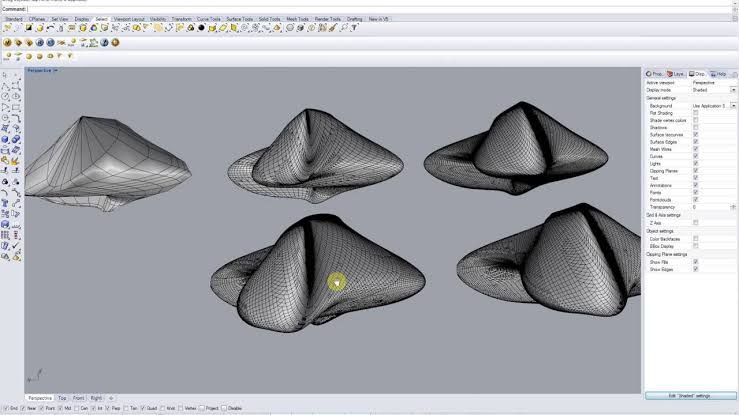
Rhino 3D interface showing NURBS in fluid design (Source: https://www.youtube.com)
4. Cost-effectiveness
Rhino 3D is considered more expensive when compared to SketchUp and most architecture software. But, a lot of them require subscriptions that could be monthly or annually. This tends to get exhausting over time. With all the amazing features available in Rhino 3D, one would assume this would be the case, but, Rhino 3D proffers a one-time payment for lifetime usage of the application with barely any maintenance fees!
5. Compatibility with a broad selection of software
Rhino 3D’s ability to work with almost any software application makes it an undefeated software. It can work with multiple software from Revit to AutoCAD and even SketchUp files. Importing and exporting files is more accessible with Rhino as it supports a broader range of file types.
[Read: Interesting Trends in the Use of Rhino 3D in the Indian Design Industry]
Cons of Rhino 3D
Good cannot exist without bad and hence, below are some of the disadvantages of using the software.
1. Learning takes relatively more time (steep learning curve)
Rhino 3D, because of its relative complexity, has a steep learning curve and its processes are quite time-consuming especially as a beginner. Some of the tools may be confusing to navigate for a fresh eye. But, there are resources available for you to work your way around this software properly. Taking up a well-developed, detailed online course is a great way to go about it.
2. Lesser range in the material library
In terms of materials and textures, Rhinoceros 3D is relatively limited, especially compared to other software. It enables PBR materials and textures that can be added to the material library, but this can be quite tasking and may produce poor render results.
3. Difficulty making changes to the model
There is a level of difficulty in making corrections to models done on Rhino 3D because of its complexity and intricacy. Each 3D component is usually required to be modelled, unlike SketchUp, which allows for component creation that affects all objects made under a single component group.
4. Expensive for a fresher
Unlike SketchUp, Rhino offers a one-time payment for access to all the features within the software, which is advantageous. But, the price is considerably high and not easily affordable for students and low-earners. Sadly, there isn’t a trial version for users. There are evaluation versions provided before a new version is out for purchase.
SketchUp and Rhino are both ideal software for 3D modelling but with different levels of technicality and proficiency. SketchUp is quicker to use and the best choice for prompt graphical representation of 3D models. It also has a friendly work interface, which is great because it feels less overwhelming to beginners.
With Rhino, there are no limits to the level of complexity you can attain. It is used by architecture firms, jewellery designers, 3D printers and even automobile and aviation engineers. These practices require a high level of detail, and Rhino 3D has proven to be one of the best parametric software in the industry. So, if you are looking towards creating fluidic, free-formed designs with a high level of accuracy, making the switch to this software would be an excellent choice for you!
If you would love to learn more about Rhino 3D to represent your ideas accurately and build a career in parametric design, check out Novatr’s detailed cohort-based online course - Rhino + Grasshopper Certified Course!
Head to the Learning Hub for more insights into industry trends, software & tools, upskilling, professional journeys and career guidance.

Join 100,000 designers who read us every month
